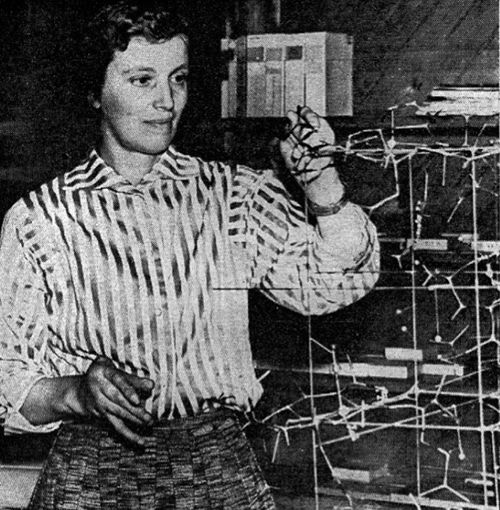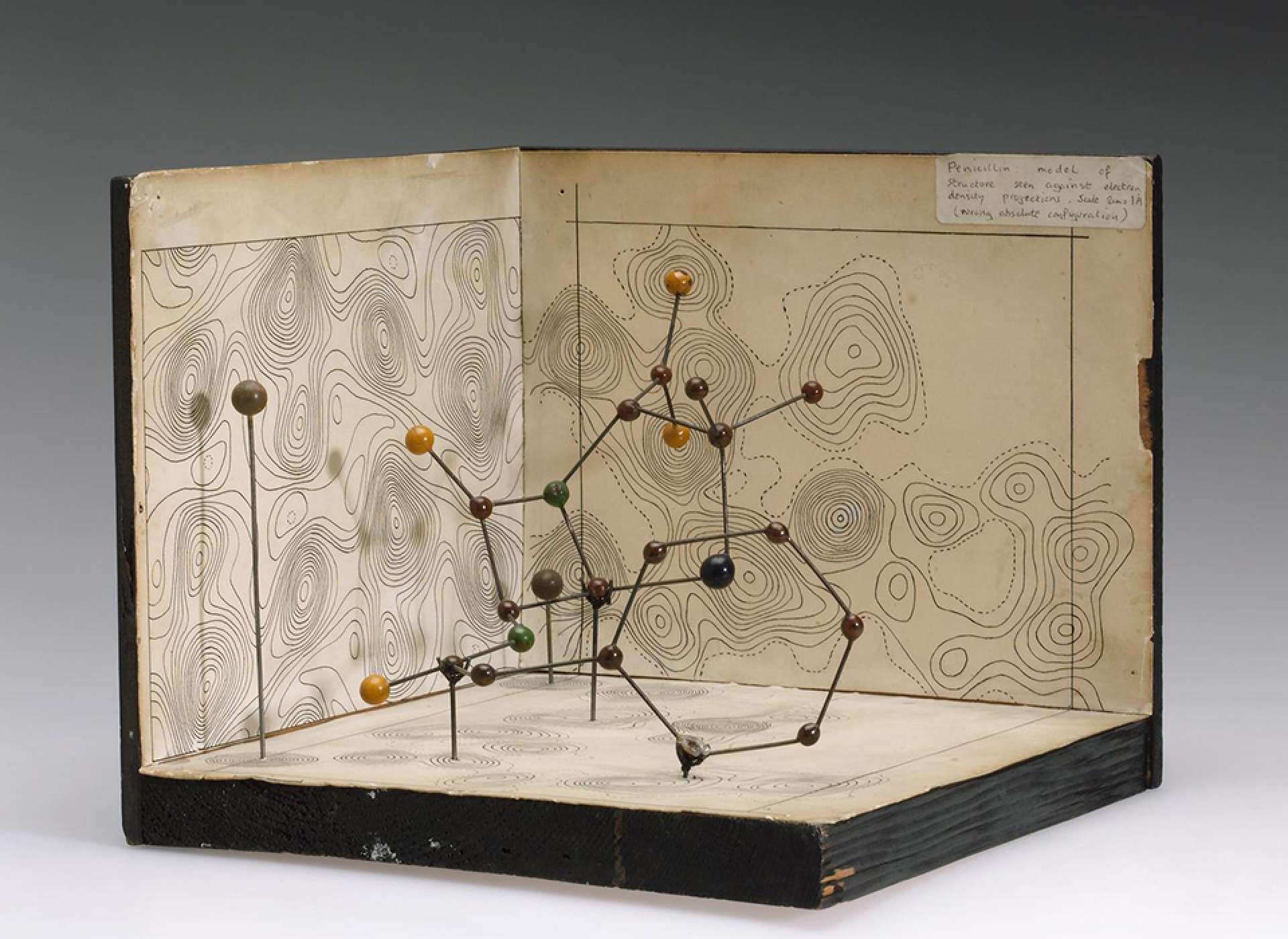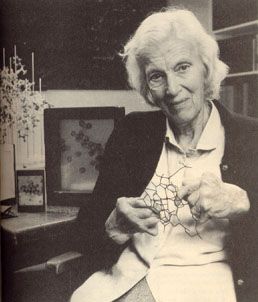Women's History Month: Dorothy Hodgkin
Today's feature for women's history month is Dorothy Hodgkin- a pioneer in the discovery of penicillin and insulin using x-ray methods.

Dorothy Hodgkin was born on May 12, 1910, in Cairo, Egypt. Hodgkin became interested in chemistry around the age of 10 when a family friend gave her chemicals and helped her analyze ilmenite. Along with her four sisters, Hodgkin attended school in England until graduating in 1928. Here she was allowed to study chemistry with the boys. After graduating, she decided to study chemistry and attended Somerville College, University of Oxford, one of Oxford's few colleges for girls. During her undergraduate time, she was one of the first people to study organic molecules using x-ray technology. Hodgkin graduated with her undergraduate degree in 1932 and went to the University of Cambridge to carry out doctoral research. Here she began working with John Bernal to study biological molecules like sterols and helped him make the first x-ray diffraction of a protein called pepsin.

After being offered a temporary research fellowship with Somerville, Hodgkin returned there until her retirement in 1977. Hodgkin gathered an x-ray machine in the Oxford University Museum of Natural History and began taking x-ray photographs of insulin. Upon meeting the left-wing historian of the museum, she married Thomas Hodgkin in 1937. Thomas was teaching mining and industrial communities of England. Afterward, he would spend his weekends in Oxford with his wife. The couple had three children in 1938, 1941, and 1946. However, after the infectious birth of her first child, Dorothy was left with rheumatoid arthritis in her hands at age 28, leaving them swollen and distorted. However, this didn't stop her from conducting her research. Upon discovering she could no longer use the main switch of x-ray equipment, she had a longer lever for the switch made so she could continue with her research.
In 1939, Hodgkin was approached by colleagues at the University of Oxford who had succeeded in isolating penicillin and needed Hodgkin's help in identifying its structure. Dorothy worked from 1942 until 1945 when she successfully described the arrangement of its atoms in three-dimensions. Biochemist Ernst Chain originally thought penicillin had a beta-lactam ring, a four-member ring with three carbon and one nitrogen atom, with one oxygen atom attached to the carbon atom that was across from the nitrogen. Hodgkin proved this to be correct using x-ray crystallography. At this time, penicillin was the largest molecule to undergo x-ray methods. Afterward, Hodgkin was elected to the royal society in 1947.

Hodgkin continued her work from 1948 until the mid-1950s, when she finally discovered the structure of vitamin B12. This discovery helped her obtain the position of Wolfson Research Professor at the royal society. In 1964, Hodgkin was nominated for the Nobel prize for her work with penicillin and B12. Hodgkin, still to this day, remains the first and only British woman to receive the Nobel prize for science and the 3rd woman overall. Then, in 1965, she was made a member of the Order of Merit, which is Britain's highest honor for achievement in science, the arts, and public life.
Even though her passion for insulin was pushed aside from other projects, she continued her work on it until 1969 - 34 years after taking her first x-ray photograph of insulin. In 1969, she discovered its structure while working with an international team of young researchers. Her research showed the overlay between chain A and Chain B in the molecules.
Hodgkin was receiving invitations to speak across the world and often did so with enthusiasm. She brought a family member along to help out when things became tough. Hodgkin retired from the public in 1988. On July 29, 1994, Dorothy Hodgkin died of a stroke in her home in the United Kingdom.
